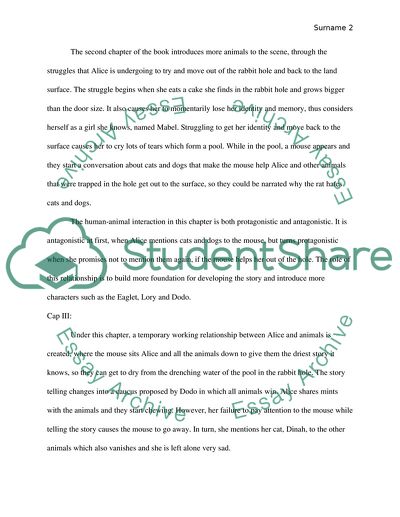Cite this document
(Analysis of Alice's Adventures in Wonderland by Lewis Carroll Book Report/Review, n.d.)
Analysis of Alice's Adventures in Wonderland by Lewis Carroll Book Report/Review. Retrieved from https://studentshare.org/literature/1841038-book-reportchoose-one-of-the-following-books
Analysis of Alice's Adventures in Wonderland by Lewis Carroll Book Report/Review. Retrieved from https://studentshare.org/literature/1841038-book-reportchoose-one-of-the-following-books
(Analysis of Alice'S Adventures in Wonderland by Lewis Carroll Book Report/Review)
Analysis of Alice'S Adventures in Wonderland by Lewis Carroll Book Report/Review. https://studentshare.org/literature/1841038-book-reportchoose-one-of-the-following-books.
Analysis of Alice'S Adventures in Wonderland by Lewis Carroll Book Report/Review. https://studentshare.org/literature/1841038-book-reportchoose-one-of-the-following-books.
“Analysis of Alice'S Adventures in Wonderland by Lewis Carroll Book Report/Review”, n.d. https://studentshare.org/literature/1841038-book-reportchoose-one-of-the-following-books.


